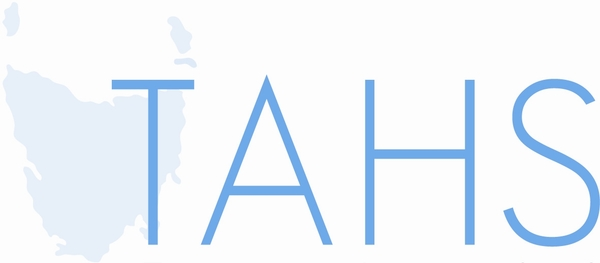CT Sub-study Program
CT scan as part of your Tasmanian Longitudinal Health Study visit.
Your CT scan will be performed at I-MED Radiology, in the location most convenient for you:
- Calvary Lenah Valley Hospital: 49 Augusta Road, Lenah Valley, TAS 7008
- Calvary St Luke’s Hospital: 24 Lyttleton St, Launceston, TAS 7250
- North West Medical Centre: 21 Brickport Road, Burnie, TAS 7320
Please contact the TAHS team if you have any questions about the study on freecall 1800 110 711 or send us an email: inq-tas@unimelb.edu.au.
What is a computed tomography (CT) scan?
A CT scan is a type of X-ray used to take pictures or images of your chest. It works by taking multiple pictures, called “slices”, which are digitally “stacked” together to produce a 3D image of your chest. CT produces a much more detailed image than conventional X-rays and will allow us to see your lungs very clearly.
How do I prepare for this CT scan?
This type of CT scan requires no preparation and will not involve injection of any contrast dye.
You will be asked to change into a gown prior to your scan and remove all jewellery.
What happens during a CT scan?
The CT scan equipment is a large machine with a circular hole, like a “donut”. You lie on a bed attached to the scanner, which is raised to the height of the hole. The bed slides in and out of the hole while pictures are taken. It is important to try and lie still during the scan. You will be asked to hold your breath for periods during the scan.
How long does the scan take?
The entire scan will be complete in less than 5 minutes.
Will this CT scan cost me anything?
There is no cost to you for the CT scan. All fees associated with your CT scan are covered by the Tasmanian Longitudinal Health Study. .
Are there any after effects from a CT?
There should be no after effects and you will be able to eat, drink and resume normal activities after your CT scan.
What are the risks of a CT?
As with most medical tests, CT does have risks that cannot be avoided. The risks associated with undergoing a CT scan include exposure to low-dose radiation (X-ray) and finding abnormalities in the scan.
The scan on your lung will expose you to approximately 3 mSv of radiation. This is about the same amount of radiation exposure you receive living at sea level over one year. In comparison, commercial airline travel increases radiation exposure by 0.003 mSv per hour, and airline pilots receive on average 3 mSv additional exposure each year.
We will notify you if we find anything unusual in your scan and all participants who undergo a CT scan will receive the CT report and a results letter from Dr Richard Wood-Baker, the respiratory physician overseeing the study.
What happens after my scan?
One of the radiologists (specialist doctors) at I-MED Radiology will review your images and send a report back to Dr Richard Wood-Baker.
What happens with my results?
You will receive a results letter, along with your CT report, from Dr Richard Wood-Baker.
You can download a pdf version of the information above here.

